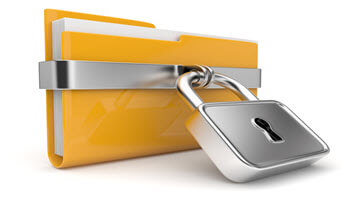I wrote before about using the CMD prompt to delete files that are hard to delete because they might be locked by the system. In my case, I had a file with an extra-long name. I couldn’t rename, delete, or do anything else with it. I mentioned using a program called “Unlocker“.
I’ve used it successfully in the past. The last update to the program was back in 2013 but I still use it. I was recently made aware of another program called “KillFiles“.
So, I decided to give it a try. It downloads as a ZIP file since it is portable (no installation required). When you unzip the file you’ll first see a bunch of language folders. Pick your language, English for me. Then either 32 or 64-bit.
Open “KillFiles.exe” and you have a simple interface to work with. Click on the “Add” button and navigate to your problem file. You can add/remove files to the list. When ready click on the “Execute” button.
Because there is no installation, there is no integration with the context menus. I like the right-click Unlocker, context menu option. If it had a drag-and-drop option that would be acceptable as well. KillFiles doesn’t.
KillFiles only gives you the choice of deletion. Unlocker gives you the choices of Move and Rename.
I decided to recreate the problem I had previously and see if KillFiles could handle the original problem. That is, saving an article from X (formally Twitter) and not changing the file name. It automatically uses the first two or three sentences as the file name. KillFiles can’t delete it either. I don’t have any locked files now to test KillFiles otherwise.
So if you are dealing with simple locked files, your choice, Unlocker or KillFiles. My vote is still with Unlocker. If you are dealing with an extra long name issue, stick with the Command prompt or Powershell.
del “filename with quotes”
—


I use TAKEOWNERSHIP (https://www.majorgeeks.com/files/details/take_full_ownership_of_files_folders_registry_hack.html) which often works just fine.
Dan
Takeownership is more geared towards taking control of system files. My case was more along the lines of a corrupted file. I already have this installed. So I decided to test it and recreated my problem file. But in this case, it still doesn’t give me control of the file. I still can’t delete it or do anything else with it.